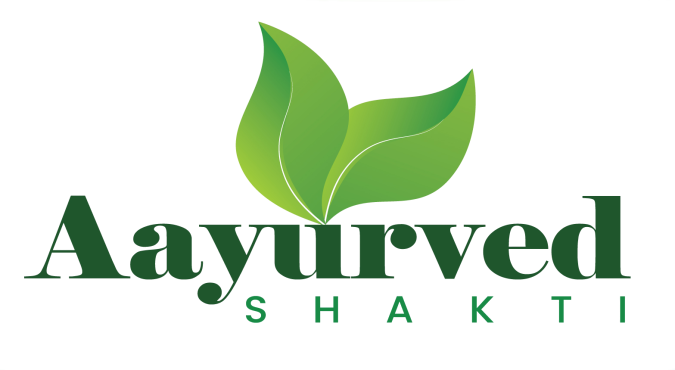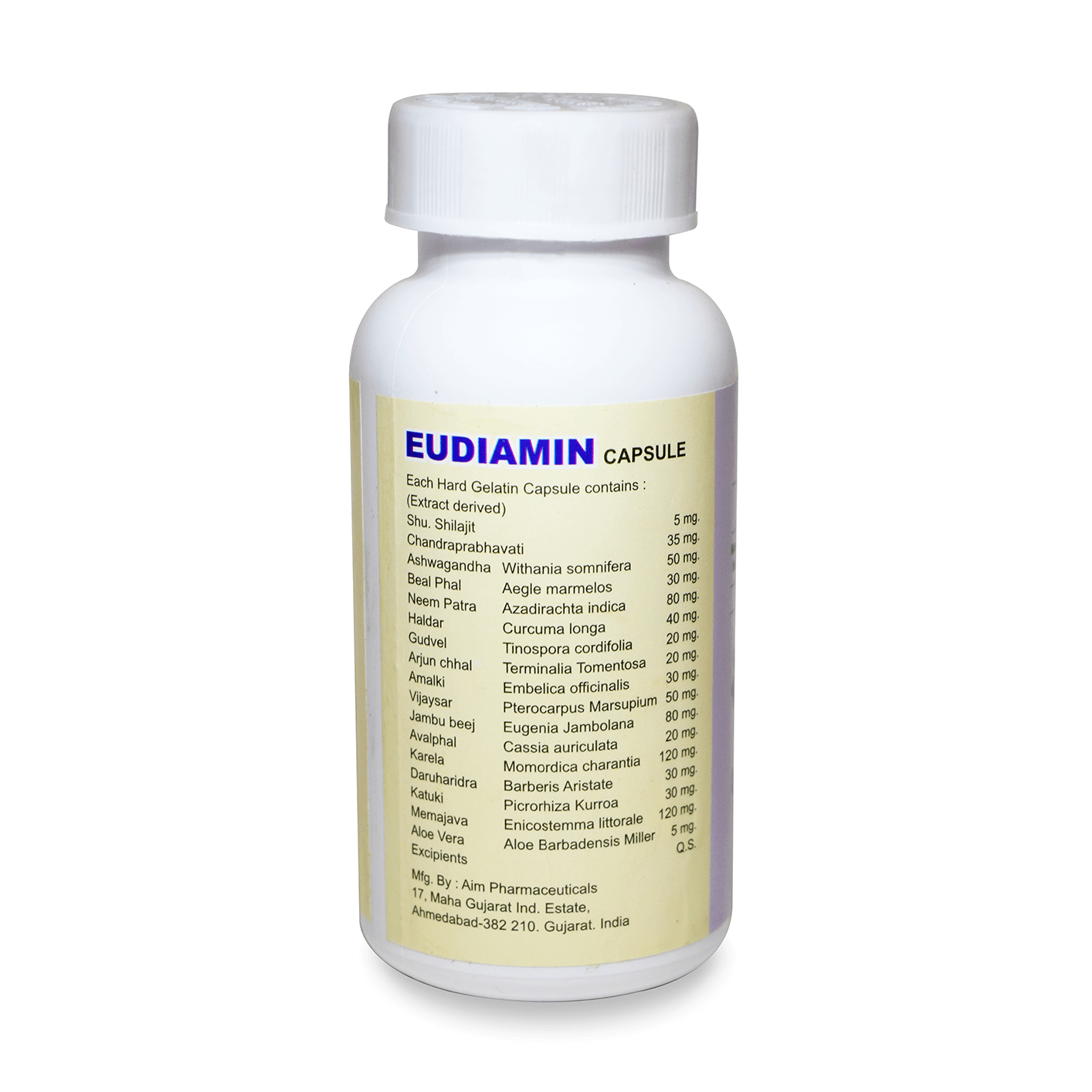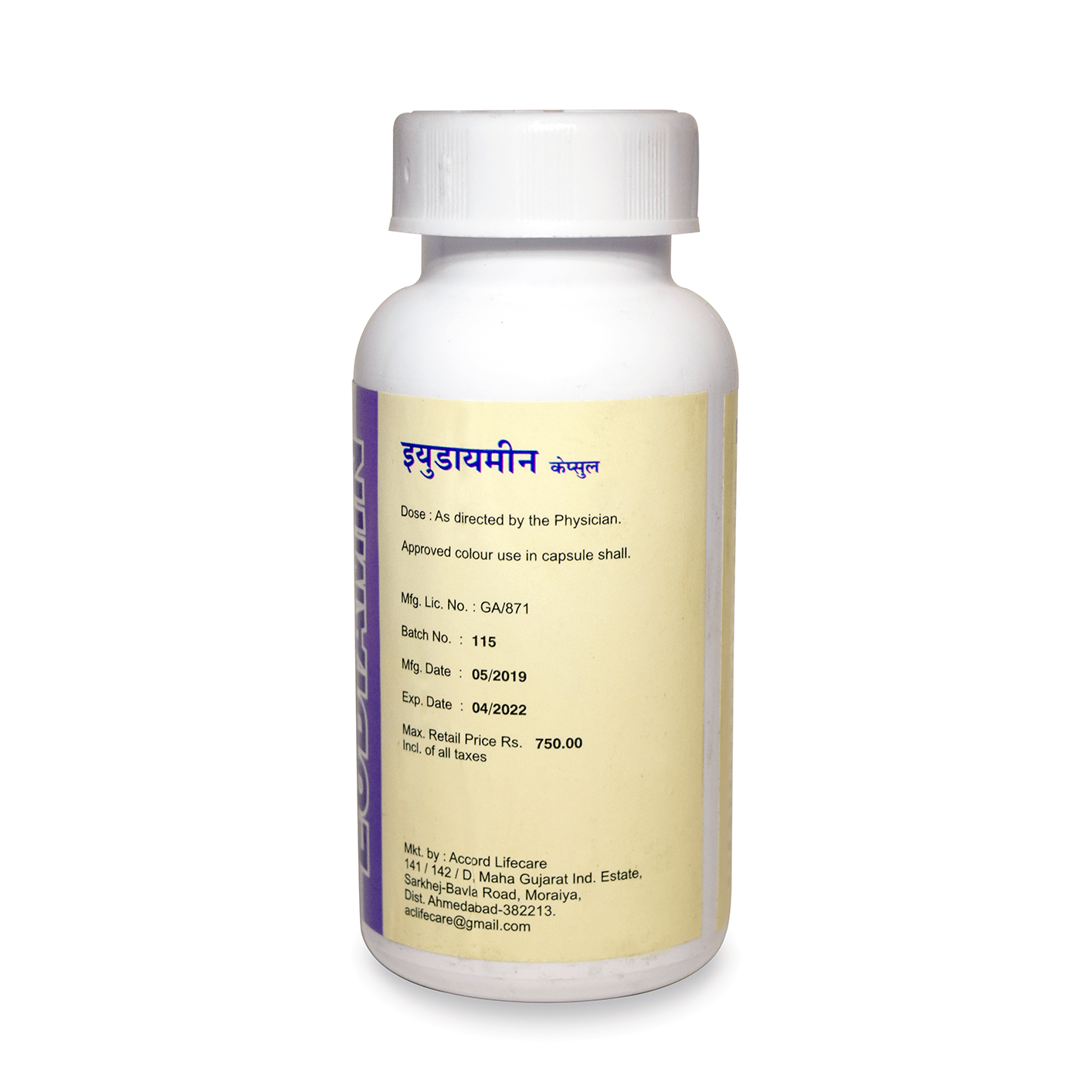Indications:
- Type-II diabetes mellitus • Metabolic syndrome
- Type-I diabetes with insulin • Diabetic retinopathy
- Diabetes mellitus with anaemia
- Diabetic nephropathy
- Diabetes mellitus with lipid abnormalities
- Diabetes with dyspepsia
Precautions:
Hypoglycaemia can occur in patients already on allopathic antidiabetic drug therapy or on insulin therapy. Dosage adjustment is required in such cases.
Contraindications:
Hypersensitivity to any ingredient of the preparation.
Dosage alio administration:
2 capsules three times daily or as directed by the Physician.
Ingredient:
BAEL PHAL 30MG CHINESE KULINGEN 20MG
NEEM LEAVES 80MG JAMUL BEEJ 80MG
GUDVEL 20MG AVAL PHUL 20MG
HALDI 40MG KARELA DRY 120MG
ARJUN CHAL 20MG DARUHARIDRA 30MG
AMALKI 30MG KATUKI 30MG
MAMEJAV 120MG.
CHANDRAPRABHA:
As the name suggests, this formulation works similar to Moon which removes darkness in night. This tablet removes toxins from the body without any harsh impact to it, perfectly gentle like Moon. It is useful for all thee Dosha imbalances. It opens channels and improves mobility of Doshas. More specifically, it is used for genito-urinary ailments, muscular & joint pain, obesity, and cellulites. It is a very good Rasayana (rejuvenation) compound. It balances Doshas and increase good strength in body. Promotes strength, sustenance & luster, produces gradual & enduring effect in prameha (obstinate urinary disorders including diabetes) & complications arising out of it; cures seminal disorders caused by gonorrhea and syphilis.
BAEL PHAL (Fruits of Aegle marmelos):
Bael phal reduces fasting blood glucose level and works at pancreatic level and increases secretion of insulin. It is also helpful in corticosteroid-induced hyperglycaemia.
NEEM LEAVES (Leaves of Azadirachta indica):
Neem leaves significantly decreases blood sugar level and prevents adrenaline as well as glucose-induced hyperglycaemia. It also produces hypoglycaemia, thus has a effect on both fasting and post-prandial blood glucose levels.
GUDVEL (Tinospora cordifolia):
Effectively reduces the blood and urine glucose, and lipids in serum and tissues. Also shows preventive effect on the development of cataract, renal hypertrophy, polyuria and also rise in urinary albumin levels and renal hypertrophy as well.
ARJUN CHAL (Bark of Terminalia arjuna):
Arjun is a cardiotonic herb with immense antioxidant activity. The extract also causes a significant (P<0.05) increase in superoxide dismutase, catalase, glutathione peroxidase, glutathione-s-transferase glutathione reductase and glucose-6-phosphate dehydrogenase, reduced glutathione, vitamin A, vitamin C, vitamin E, total sulfhydryl groups (TSH) and non protein sulfhydryl groups (NPSH) in liver and kidney of alloxan induced diabetic rats, which clearly shows, the antioxidant property of T. arjuna bark.
HALDI (Terminalia chebula):
It causes dose dependent reduction in blood glucose and also shows retinoprotective activity.
AMALKI (Emblica officinalis):
Amalki is rich in vitamin C and is a good antioxidant in nature. Amalki decreases albumin levels in the diabetic rats significantly and improves serum adiponectin levels. It shows strong inhibition of the production of advanced glycosylated end products.
VIJAYSAR (Pterocarpus marsupium):
Vijaysar controls the diabetes related metabolic alterations apart from controlling the glucose levels. It causes elevation of Glut-4 and PPARgamma gene expression in parallel with glucose uptake. It also shows anti-cataract activity.
CHINESE KULINGEN (Alpinia galanga):
The rhizome is taken orally to enhance digestion, treat intestinal infection, Type II Diabetes, bronchitis, rheumatism, and as an aphrodisiac.
JAMUL BEEJ (Seeds of Syzigium cumini):
Syzigium cumini, commonly known as ‘jamun’, is widely used in different parts of India for the treatment of diabetes mellitus. It produces both pancreatic and extrapancreatic effect. It produces both antidiabetic and antihyperlipidaemic effects. It also increases total haemoglobin.
AVAL PHUL (Cassia auriculata):
Aval phul(Cassia auriculata flowers) possess antihyperlipidaemic effect in addition to antidiabetic activity. One study shows that the aqueous extract of CFEt possesses an antihyperglycaemic effect and suggests that enhanced gluconeogenesis during diabetes is shifted towards normal and that the extract enhances the utilization of glucose through increased glycolysis
KARELA DRY (Dry fruits of Momordica charantia):
Karela (Bitter melon or bitter gourd) (Momordica charantia) is able to reduce blood glucose and lipids in both normal and diabetic animals. It may also protect beta cells, enhance insulin sensitivity and reduce oxidative stress.
DARUHARIDRA (Berberis aristata):
Daruharidra(Berberis aristata DC) root is used in traditional medicine for a number of ailments including metabolic disorders. Daruharidra has a strong potential to regulate glucose homeostasis through decreased gluconeogenesis and oxidative stress.
KATUKI (Picrorrhiza kurroa):
Katuki is known as hepatoprotective and heaptopromotive herbs. Besides this, it produces hypolipemic effect. In one experimental study, liver weight, serum aspartate transferase (AST), alanine transferase (ALT), low density lipoprotein (LDL), triglyceride and total cholesterol levels were significantly reduced by the treatment without affecting HDL level.
MAMEJAV (Enicostemma littorale):
Pills prepared from Enicostemma littorale (Gentianaceae) were administered to 84 patients with Type 2 Diabetes for three months. Estimation of various biochemical parameters showed that E. littorale reduced blood glucose as well as serum insulin levels and prevented the progression of complications in diabetic patients. Significant improvement in kidney function, lipid profile and blood pressure was observed suggesting that E. littorale is an effective herbal antidiabetic














Reviews
There are no reviews yet.